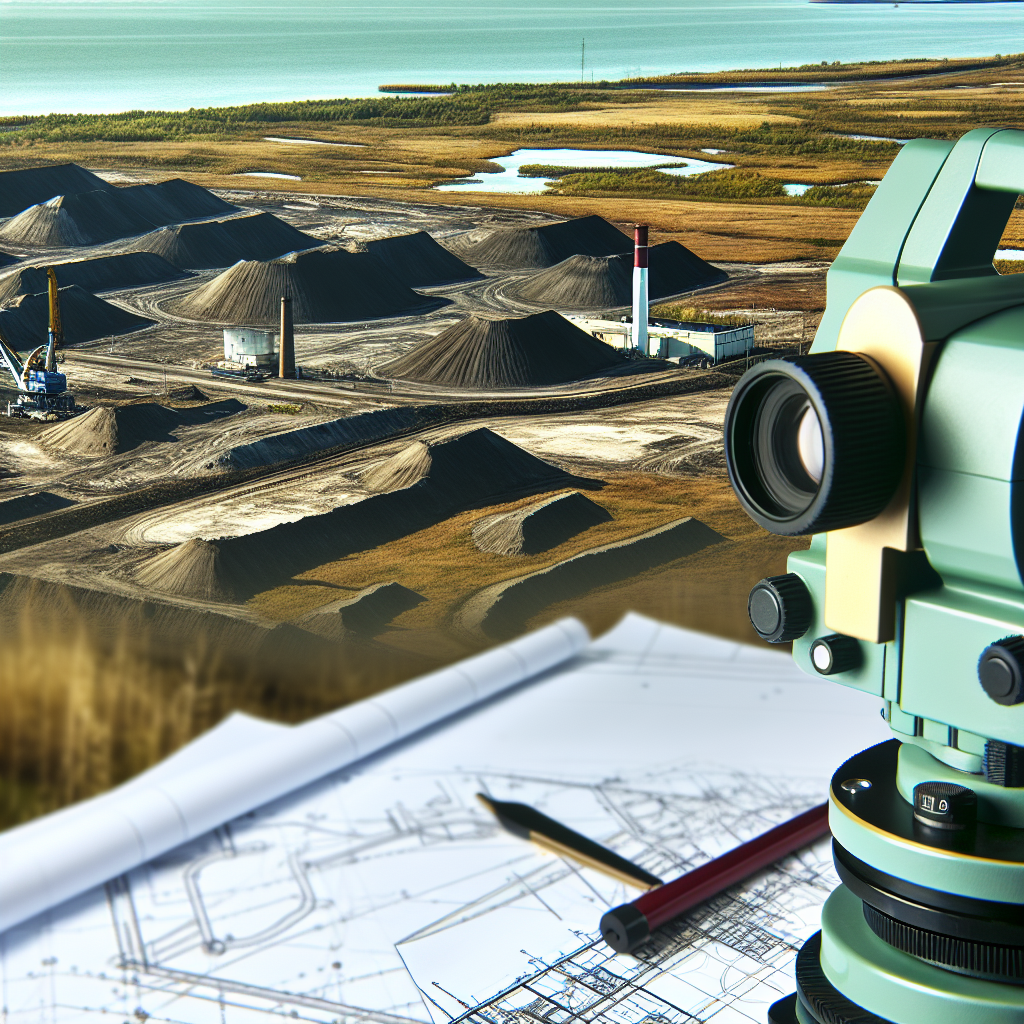Skipping a topographic (topo) survey can have severe implications for the success of your industrial project, often leading to costly delays, design errors, or even project failure. Understanding what a topo survey entails and the critical data it provides is essential for making informed decisions that ensure a smooth construction process and optimal outcomes.
The Risks of Skipping a Topo Survey in Industrial Projects
Foregoing a detailed topographic survey can introduce a multitude of risks that jeopardize the foundation of your project. Without accurate data, engineers and architects lack the precise landscape information needed to plan effectively. This oversight can lead to unforeseen obstacles such as uneven terrain, hidden underground utilities, or drainage issues that are only discovered during construction, causing significant delays and increased costs.
Additionally, missing critical terrain features can result in design flaws. For instance, improper grading or elevation planning may lead to water runoff problems or structural instability. These issues not only compromise safety but also violate local regulations, potentially resulting in legal penalties. Overall, ignoring the importance of a comprehensive topo survey can undermine the entire project, leaving you vulnerable to financial losses and reputational damage.
What Data Is Included in a Topo Survey?
A thorough topo survey provides an array of essential data that forms the backbone of informed planning and development. Key data components include:
- Contour Lines and Elevation Data: Show the precise changes in terrain elevation, enabling accurate grading and drainage planning.
- Spot Elevations: Provide detailed elevation points at specific locations, useful for identifying high and low points within the site.
- Natural Features: Identify existing trees, bodies of water, rocks, and other natural elements that may influence construction or landscaping decisions.
- Man-Made Features: Map out existing structures, roads, fences, utilities, and other man-made features critical for planning around or integrating into the new development.
- Drainage Patterns and Water Flow: Outline water runoff paths to anticipate and mitigate flooding or erosion issues.
Accumulating this data enables engineers and planners to assess site limitations, design effective infrastructure, and ensure compliance with environmental and safety standards. Comprehensive topo surveys serve as a foundational element that guides every phase of an industrial project’s development, from initial planning through construction and beyond.
Conclusion
In summary, skipping a topo survey can set your industrial project on a path riddled with unforeseen challenges, costly corrections, and safety hazards. A detailed topo survey delivers vital data—such as elevation details, natural features, and existing utilities—that underpin accurate planning and execution. Investing in a thorough topographic survey is a strategic decision that safeguards your project’s success and longevity. Don’t let avoidable oversights undermine your vision; prioritize comprehensive site data for a smoother, more efficient construction process.
